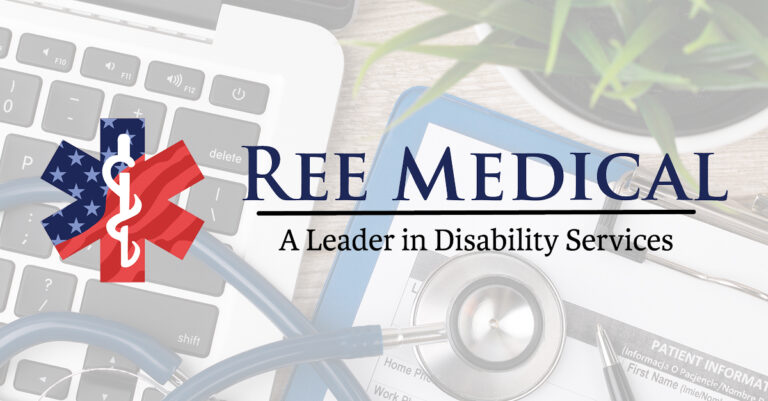Celebrating Purple Hearts: Honoring Sacrifice and Strength in Every Form
Every August, our nation recognizes Purple Heart Day, where we honor the courageous service members who were wounded or made the ultimate sacrifice in defense of our country. For Veterans living with the visible and invisible scars of service, this month is about remembrance and taking the opportunity to raise awareness, encourage connection, and celebrate resilience in all its forms.
The Significance of the Purple Heart
The Purple Heart Medal is one of the oldest and most respected U.S. military honors, originally established by General George Washington in 1782 as the Badge of Military Merit. Today, it is awarded to service members who were injured or killed in combat while serving our nation.
While the medal symbolizes bravery and sacrifice, it also represents a lifelong journey for many Veterans. This includes recovery, adaptation, and finding ways to thrive beyond their injuries.
Recognizing the Ongoing Challenges
For Veterans who carry the physical or emotional wounds of service, the road to wellness is often complex. Conditions like chronic pain, mobility limitations, post-traumatic stress, and traumatic brain injuries can significantly impact daily life. These realities underscore why Purple Heart Month goes beyond merely commemoration to action.
Communities and organizations can support Purple Heart recipients by fostering access to resources that promote physical health, mental well-being, and social connection.
Building Resilience Through Wellness
Honoring sacrifice also means empowering Veterans to live their healthiest possible lives. Research shows that regular physical activity and social engagement play an essential role in managing service-connected conditions by improving mobility, reducing pain, and enhancing emotional health.
For some Veterans, this may involve adaptive sports, low-impact fitness routines, or community-based programs designed to meet their unique needs. Activities like wheelchair basketball, yoga, aquatic therapy, and adaptive cycling not only strengthen the body but also rebuild confidence and camaraderie.
Tip: Start small. Even gentle stretching, short walks (or wheelchair rolls), and mindful breathing exercises can create meaningful health improvements.
Mental Health Matters
Honoring Purple Hearts this month is also a reminder that invisible wounds deserve as much attention as physical ones. Veterans experiencing PTSD, depression, or anxiety are not alone—and reaching out for help is a sign of strength. Programs like the VA’s Whole Health initiative, Veterans Crisis Line, and community-based mental health resources provide critical support.
Helpful Contacts:
- Veterans Crisis Line: Dial 988 then Press 1
- VA Whole Health: www.va.gov/wholehealth
- National Center for PTSD: www.ptsd.va.gov
How Communities Can Show Support
- Participate in Purple Heart Day (August 7): Attend local events, share stories on social media, or display the Purple Heart flag as a sign of gratitude.
- Volunteer or Donate: Organizations like the Military Order of the Purple Heart support recipients and their families year-round.
- Engage Locally: Encourage local gyms, recreation centers, and adaptive sports programs to offer inclusive activities for Veterans.
A Message to Every Purple Heart Recipient
Your courage inspires us every day. This month—and every month—we honor your sacrifice and stand committed to promoting opportunities that help you live well, stay strong, and feel connected.
What does the Purple Heart mean to you? Share your thoughts or stories in the comments and join the conversation to honor our heroes.

